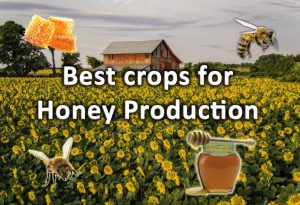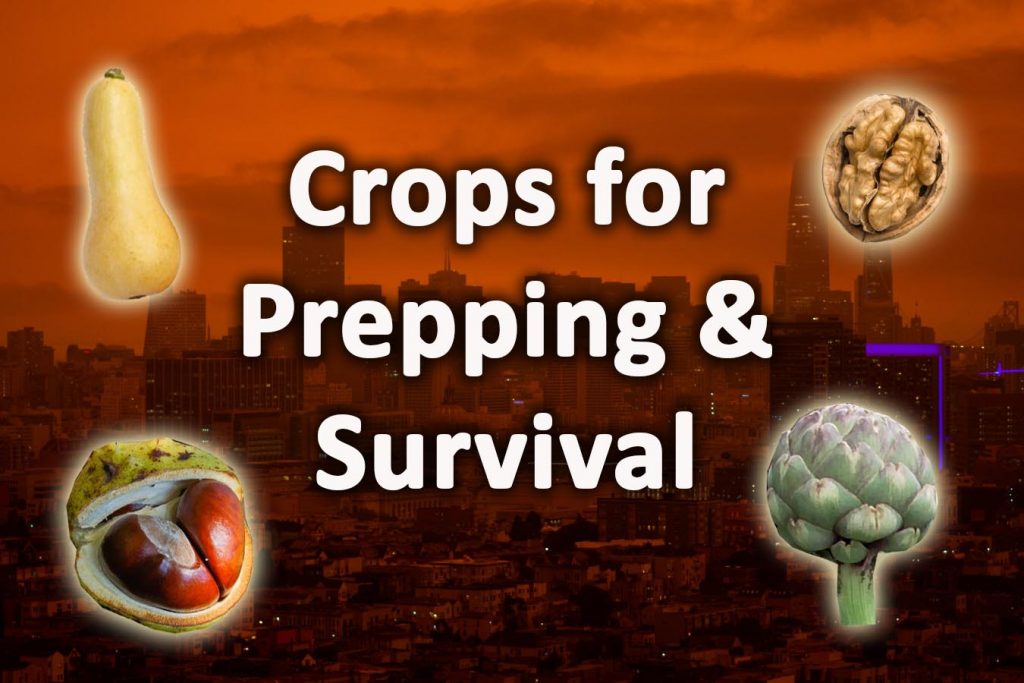If one thing that is becoming clear in recent history it is we are living in very turbulent times. Many have seen dramatic changes to day to day life due to the pandemic. Coronavirus has shown us just how fragile life is and that nature can throw up some very nasty surprises! The sad truth is governments around the world were taken completely by surprise by what was actually historically very predictable!
With modern governments pandering to large corporations the needs of the masses are being ignored. The continued expansion of human development combined with ecological destruction is also an extremely worrying trend. Emissions of greenhouse gasses such as carbon dioxide and methane are accelerating climate change exponentially. Rapid deforestation is accelerating this process even more and leading to biodiversity extinction on a gigantean scale.
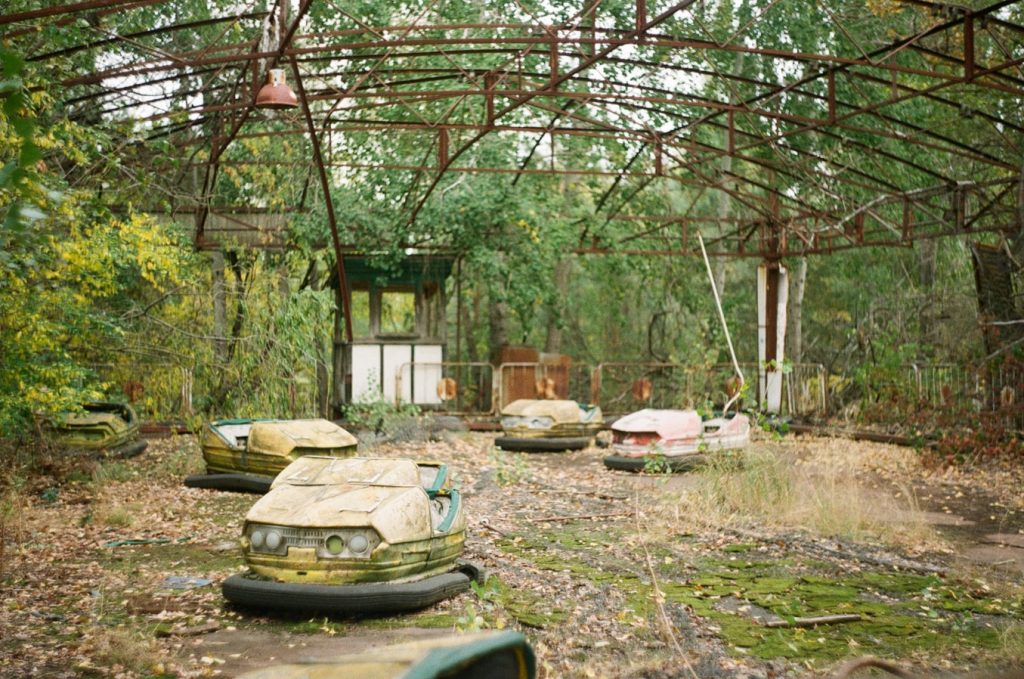
Such climatic change can easily lead to food shortages, power cuts and civil unrest. This is much more likely than some are ready to believe. The truth is our civilisation, food chains and economic systems are more fragile than ever. Along with environmental threats many leading economists believe we are heading into a new, economic, ‘great depression’. Unprecedented asset inflation combined with spiralling national debts could lead to something many of us could have never imagined.
Those of us who are prepared for such coming events will know securing food and water supply is paramount. Most people would not be able to survive more than a month if supply chains broke down tomorrow. Securing such supplies in such an event would be the difference between life and death. Hence we have listed the best 34 crops for prepping and survival you can plant before its too late!
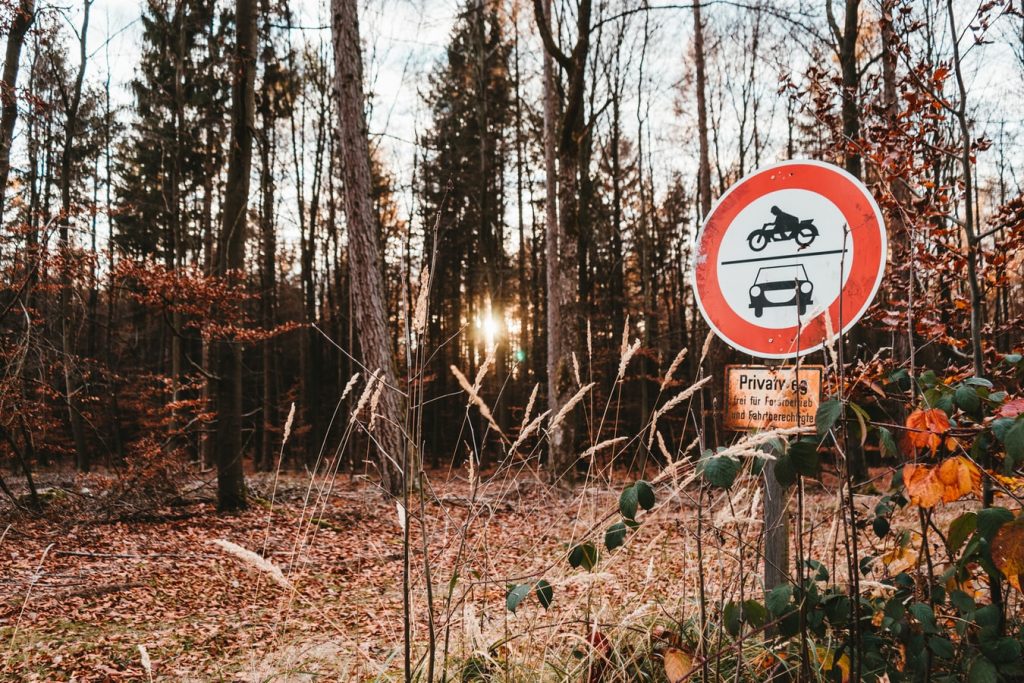
1. Cardoons
Cardoons are a drought hardy vegetable closely related to the globe artichoke. Originally from the Mediterranean they have an extremely long tap root making them resilient to water shortages. Popular in places like North Africa their large leaf stalks can provide a substantial and tasty vegetable. This cold hardy perennial comes up every year and once established requires no maintenance whatsoever.
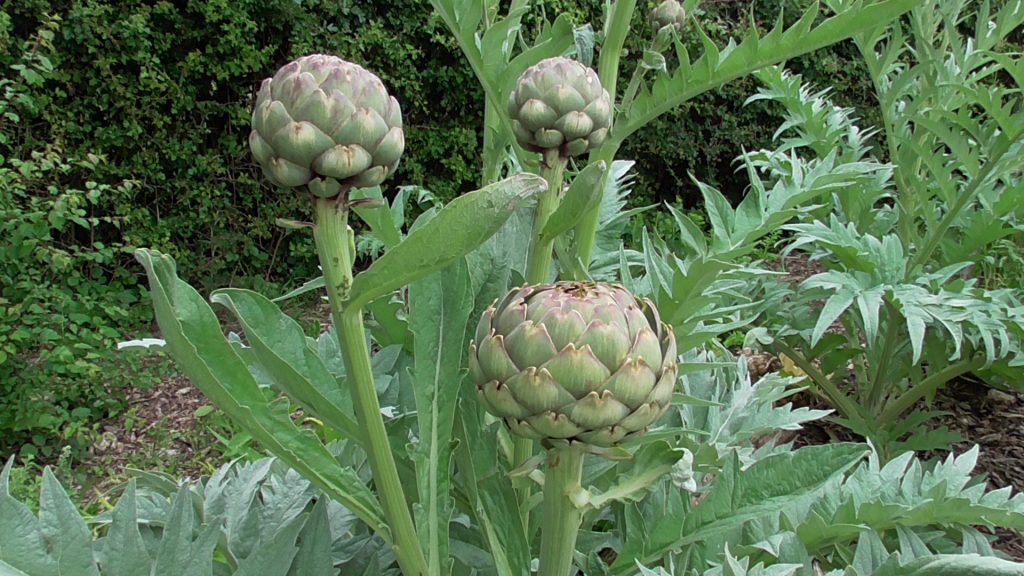
2. Jerusalem Artichokes
Jerusalem artichokes are a robust vegetable which produces edible tubers in amongst its roots. This relative of the sunflower has a vertical growing habit and can grow to well over three metres tall. This perennial vegetable also comes up every year eliminating the need for growing from seed. Jerusalem artichokes can survive a range of conditions and can even be grown on waste ground. This survival and prepping crop could be an essential carbohydrate supply in a crisis.
3. Potatoes
Most self sufficient homesteads around the world will always have a winter seller full of potatoes. This easily stored, starchy vegetable is both versatile and an essential source of carbohydrate. The fact that these can be stored on mass make them perfect for survivalists and preppers alike. If grown year on year however there is always the risk of disease. The potato famine in Ireland showed you should never put all your eggs in one basket.
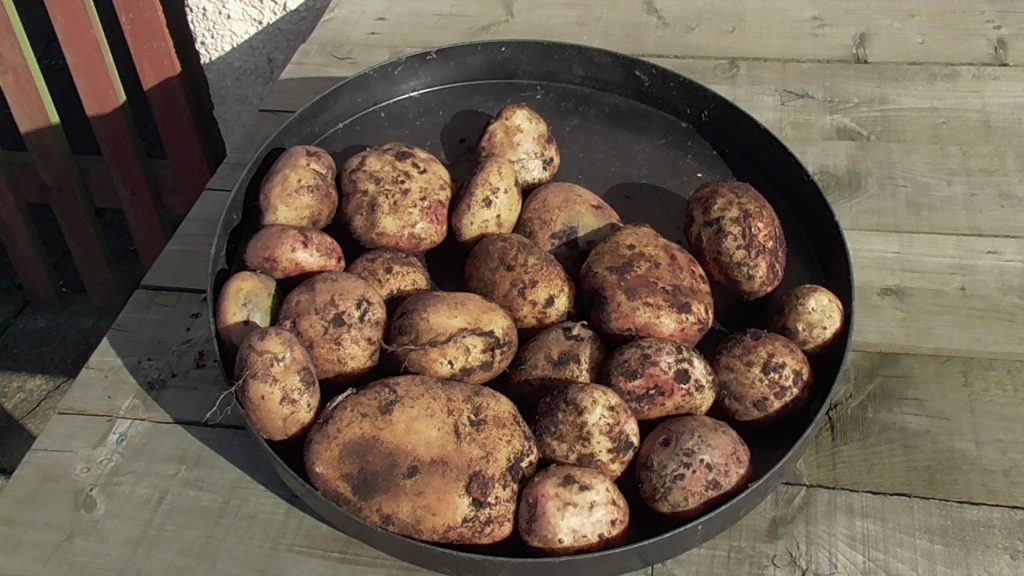
4. Carrots
Carrots are a well known root vegetable and reasonably easy to grow if you have a deep, loamy soil. Carrots store sugars deep in their roots making them a great store of calories. These vegetables do not need really fertile soil to do well and store extremely effectively during winter. Carrots can easily be stored in wet sand in a cold seller when nothing else is growing outside.
5. Parsnips
Like carrots, parsnips are a substantial root vegetable and one which is very cold hardy. These usually yield much larger roots than carrots and do not suffer from carrot root fly. Parsnips can be started early in the season and their roots can be left in the ground all winter long. This makes them an essential carbohydrate source for prepping and survival during hard times
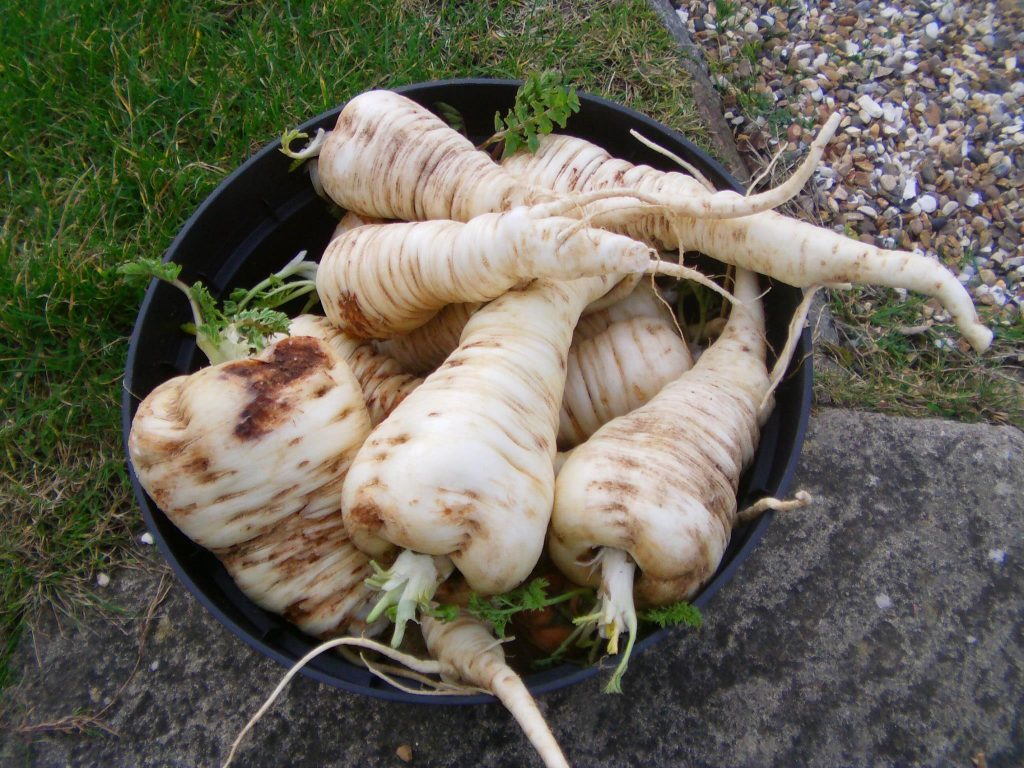
6. Oca
Oca is a small, South American vegetable from the mountainous Andes region. Looking very much like ‘wood sorrel’ this perennial comes up every year and even has edible foliage. In a survival homestead this can even be grown as a naturalised weed. Oca will happily establish itself on a sunny site with deep soil and provide emergency carbohydrate. Both the tubers and foliage have a wonderful, lemony taste.
7. Chinese yam
This cold weather yam is a perennial which comes up every year in spring. Originally from the forests of China this climber can climb over trees and make use of any vertical space. If given a loose, fertile soil the vine will produce a thick, edible, tuber which is delicious. The vine also produces aerial bulbils which can be propagated or eaten.
8. Chestnut
Chestnuts are a delicious nut which can produce as much carbohydrate per acre as wheat. However Chestnuts do not require intensive ploughing and care which wheat fields do. Chestnuts also provide a rich source of omega 3 fatty acids essential for good health in a crisis. The nuts will also attract animals which you can trap and hunt if necessary. Chestnuts can take up to 10 years to fruit so the sooner you plant them the better.
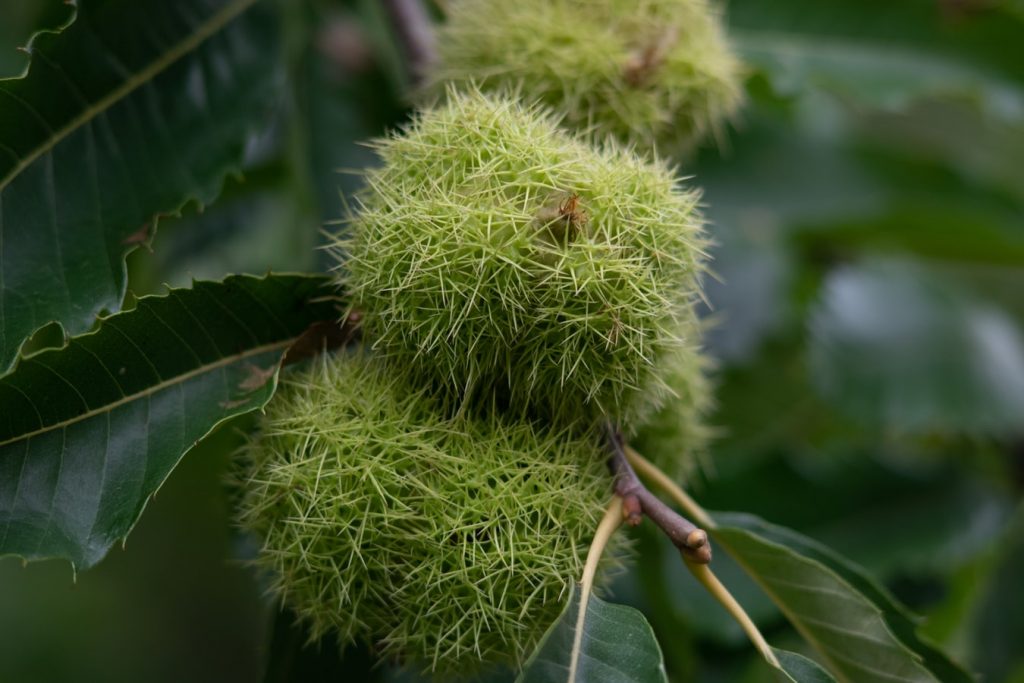
9. Cobnuts
Cobnuts are a type of hazelnut which has been bred for commercial nut production. Like all nut trees once established they are no work whatsoever. This makes them perfect for survival prepping or self sufficient homesteaders. These trees are extremely tolerant of cold conditions and can also be coppiced for fencing. These also make a great edible hedge and the nuts can be dry stored for many years.
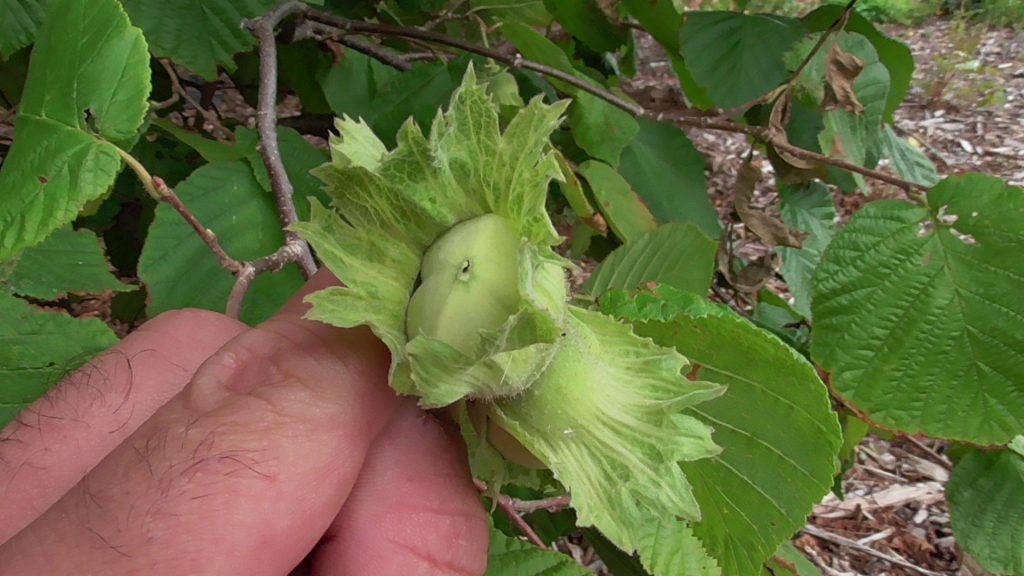
10. Walnuts
Walnuts are another nut crop that can provide a reliable annual food and perfect for long term storage. These trees like chestnuts can take a while to produce but when they do are assets! Walnut trees do prefer a slightly warmer environment and do prefer more sheltered conditions. These are ideal for food forest projects and homesteading orchards.

11. Apples
Apple trees are extremely hardy and once established will produce well year after year. There are a broad variety of rootstocks or ‘tree sizes’ allowing them to fit into any space. Apples are very versatile and can be eaten raw, cooked or preserved into chutneys or made into cider. If some apples are left during winter, this will also provide some good hunting opportunities.
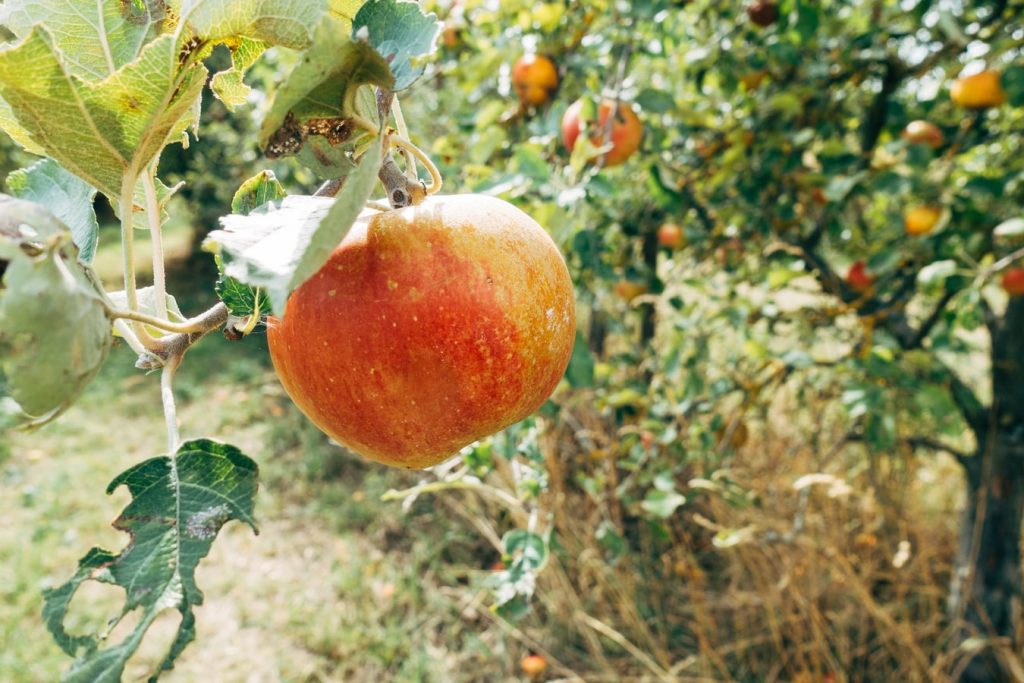
12. Plums
Plums are an exceptional fruit which can be eaten raw, dried, made into preserves, jellies and chutneys. These can be harvest on mass and made into a very good wine during late summer for the winter time blues. Plums are a fruit tree very wild in nature which makes them very resilient and good producers. Like all good fruit trees these once established will produce year after year with little work or maintenance.
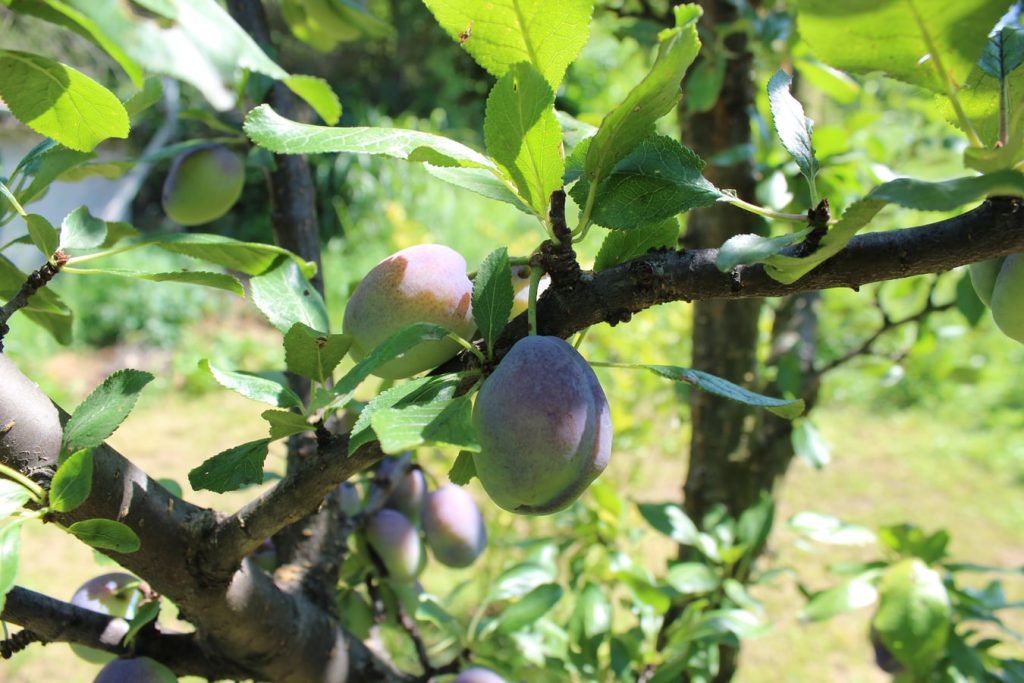
13. Figs
Figs are a wonderful, fruiting tree which is native to the Middle East. What is extremely favourable about this tree is it can tolerate surprisingly cold temperatures. Due to its native habitat it is very drought tolerant which makes it good for challenging sites. As long as Figs get plenty of sunlight they will produce a fruit rich in sugars which is both versatile and delicious. These are the ultimate luxury crop which can be enjoyed in any crisis.
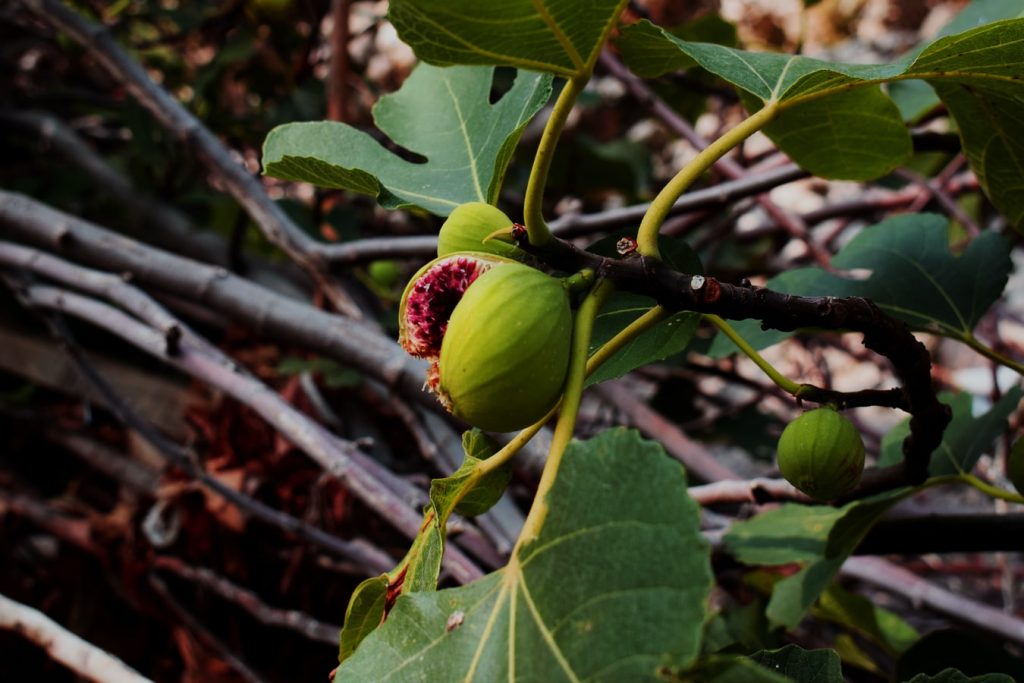
14. Broad beans
Also known as fava beans, broad beans taste great and are very tolerant of varying sites and temperatures. These can be sowed in the autumn to provide a quick spring crop. Broad beans are relatively large and very sweet however the shoot tips are also edible. These can be added to salads and stir-fry’s making them a good all-rounder. Favas can be used as a filler crop between larger crops while they are establishing. The beans can also be dried and stored for many years.
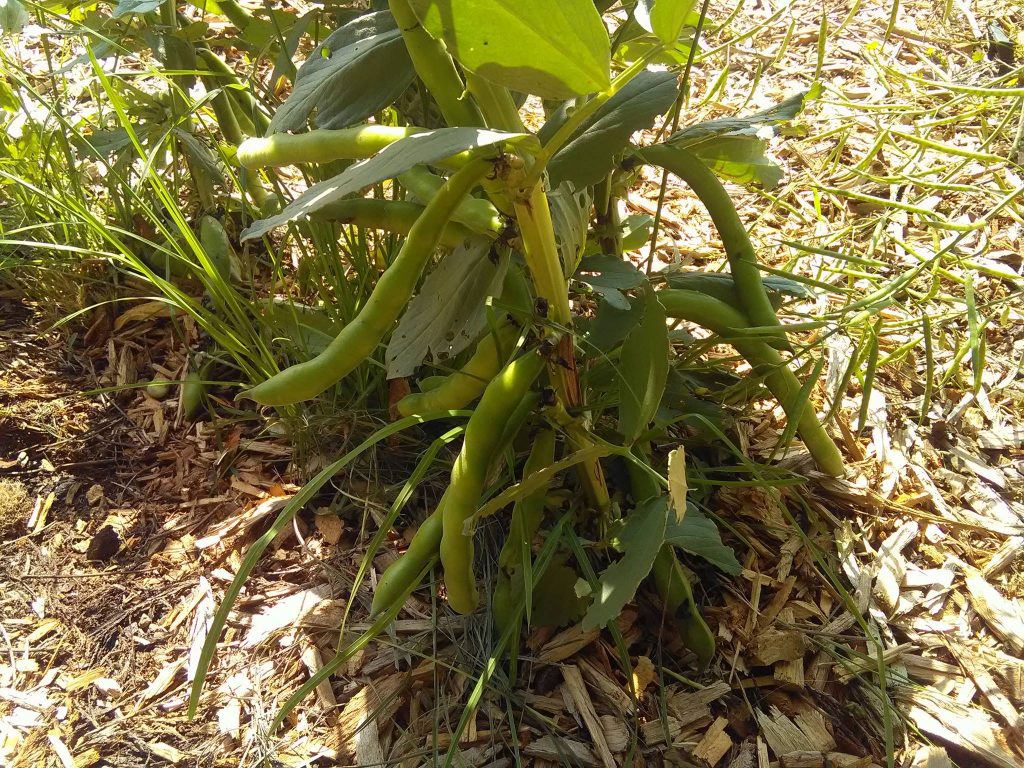
15. Onions
Onions are one of the staple vegetables for the kitchen. These can be eaten raw in salads but more often cooked down as a base for soups, stews and curry’s. Onions are very easy to grow and very tolerant of most conditions. However they do like a rich soil and a very sunny, open situation. Onions can be left in the ground and cropped as a spring onion. This can be done if specific bulbs do not develop to a desired size. Onions can store throughout winter making them a great crop for peppers and survival.
16. Garlic
Garlic is very closely related to onions and grows very much in the same way. However garlic is more regularly used for its strong flavouring potential and is extremely good for you. Garlic can be left in the ground to develop wild colonies and harvested when needed. Its young green shoots are strong in flavour and can be eaten during the winter months.
17. Kale
Kale is a leafy green vegetable and extremely tolerant of harsh, cold conditions. Typically started off as young plants in spring this brassica will grow all summer and provide a crop in winter. In early spring the flowering heads can be harvested as a broccoli crop. These can be used in soups, stews, curries and stir fry’s. There are so many different types of kales all of which are very dense in nutrients.
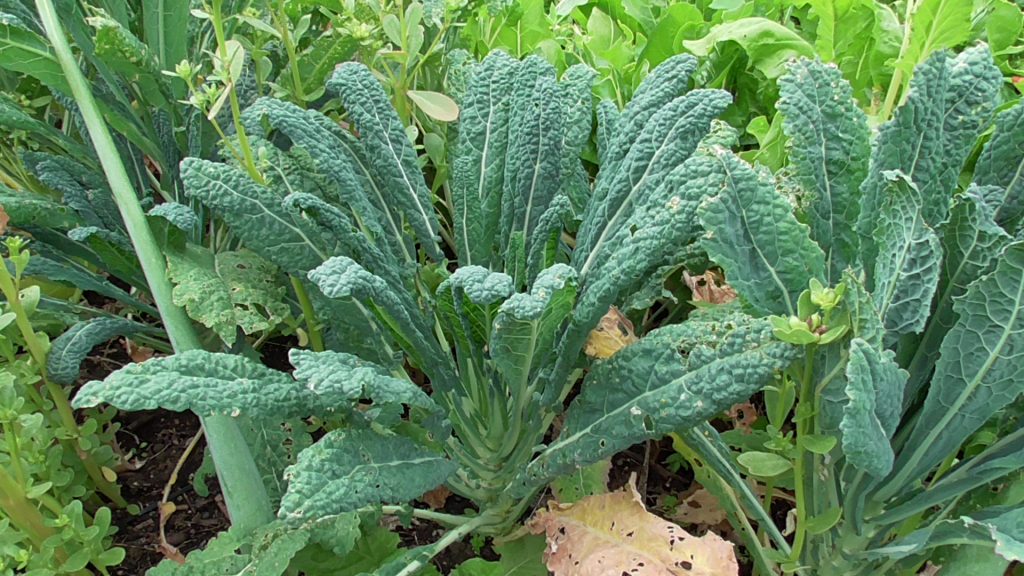
18. Chard
Chard is very closely related to Beetroot but grown for its spinach like leaves and thick, crunchy stems. What makes this crop especially good for preppers is it will provide a crop during the winter and is so versatile. Chard can be started in summer and grown throughout the winter. If flower heads are continually cut soft whippy foliage can be harvested for a couple of seasons.
19. Chilly
Chillies are an excellent crop if you love some spice in your life, however they are not just great for spicy dishes. Chillies added to food can just provide a slight warmth which is good for most tomato based recipes. Chillies need heat so best grown inside a greenhouse during the summer months. They can then be used in preserved pickles or dried for use during the winter months.
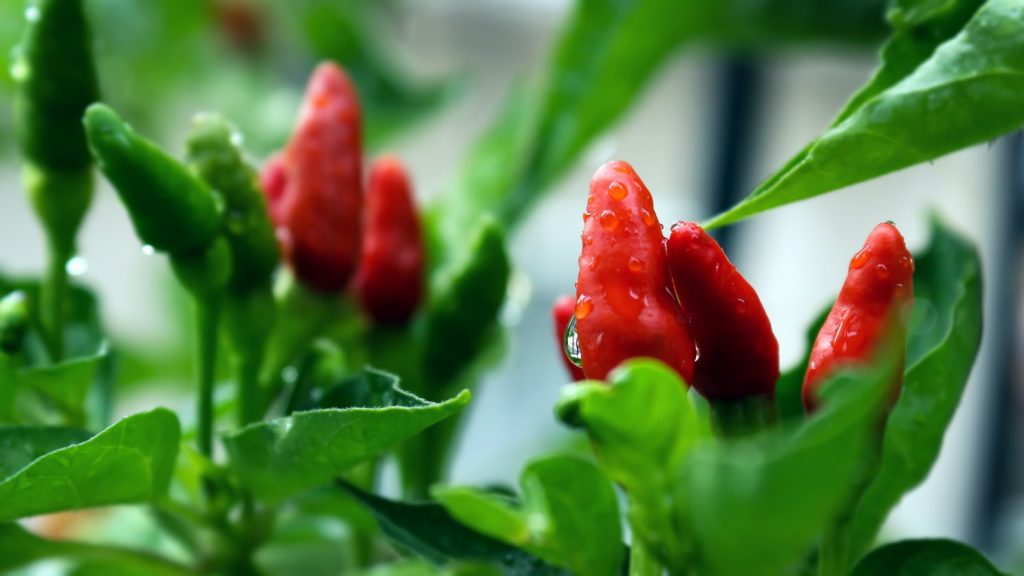
20. Herbs
Herbs deserve a bit of a blanket mention here as they are pretty much all great for preppers and general survival. Not only are they great for flavouring food they are also great for teas and many have medicinal qualities. Generally these are easy to grow with many perennial strains such as mint and oregano. Many herbs are also evergreen meaning they can be picked throughout the winter. These include rosemary, thyme and sage.
21. Mashua
Mashua is not very well known but many would recognise it from a well known garden relation. With its leaves looking identical to nasturtiums indeed Mashua is a very close relative! However Mashua is a climbing, perennial plant which grows up from the base every year. It produces medium sized tubers around its roots which are a great source of carbohydrates. This is effective for a raised bed in sunny positions and can be divided every season for multiple new plants.
22. Corn
Corn has been grown in the Americas for thousands of years and has always been a staple crop. If provided with a rich soil and a warm sunny site this crop will produce well. Its vertical growing habit lends it to companion planting with other food crops. Beans can grow up the tall stems while squashes can cover the ground around its roots. The kernels can be dried, made into flower or stored for many years. The dead stems can then be kept for animal fodder during the winter months.
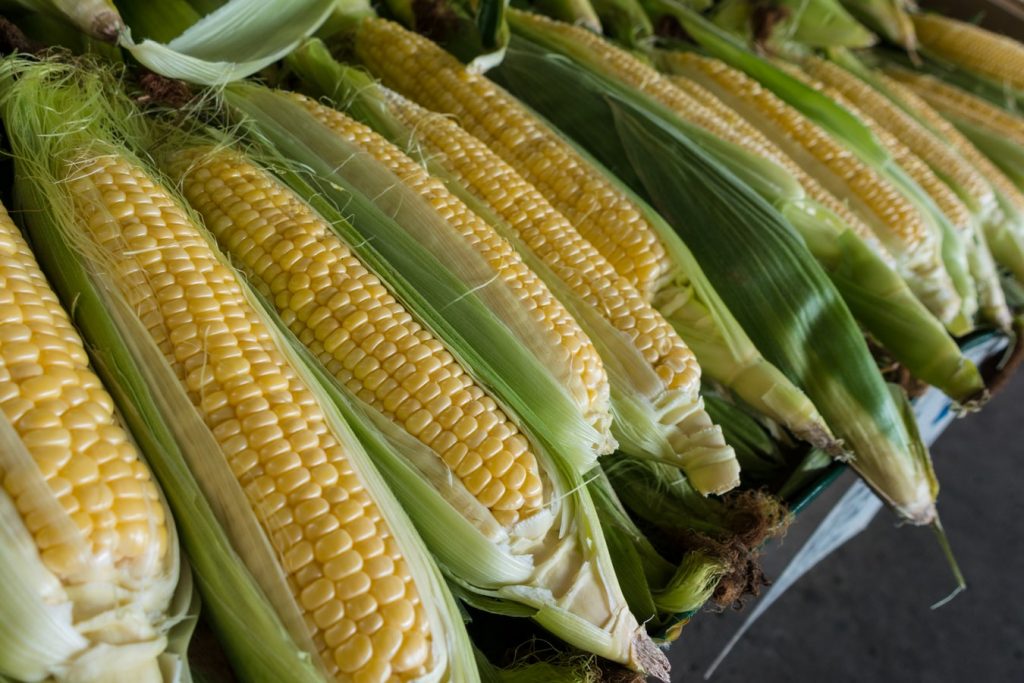
23. Cabbage
Cabbage is a very nutritious crop loved by all and has a range of different uses in the kitchen. For prepping and survival cabbage is great as it can be grown all year round! It is packed with vitamins and minerals and storable in many ways. Cabbage can be pickled in vinegar, frozen or fermented so it can be eaten all winter long.
24. Squash
Squash is a real delight in the garden and perfect for the winter larder. These really come in two main types; winter and summer squash. Summer squash are things like courgettes and marrows which are very heavy croppers. Winter squash are your pumpkins, butternut squash and Turks turbans. These have very thick skins and can practically be stored all winter long. Not only are they good for self sufficient homesteading, they are also extremely delicious, perfect for soups, stews, pies and pastries.
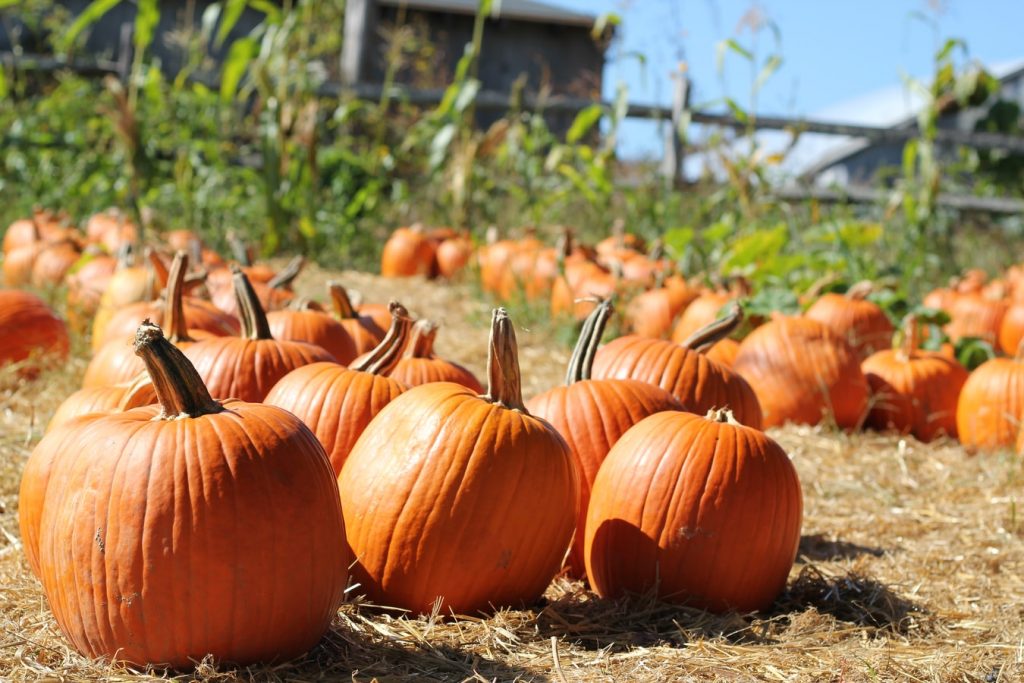
25. Leeks
Leeks are a hardy variety which is able to put up with harsh, cold climates. Generally started from seed in the spring they can be hardened off in early summer and then planted out. Leeks will grow all season and then can be left in the ground all winter to pick. This provides a good winter supply of food for preppers and survivalists when there is no other food around. These can then be used in stir-fry’s, stews and soups and casseroles.
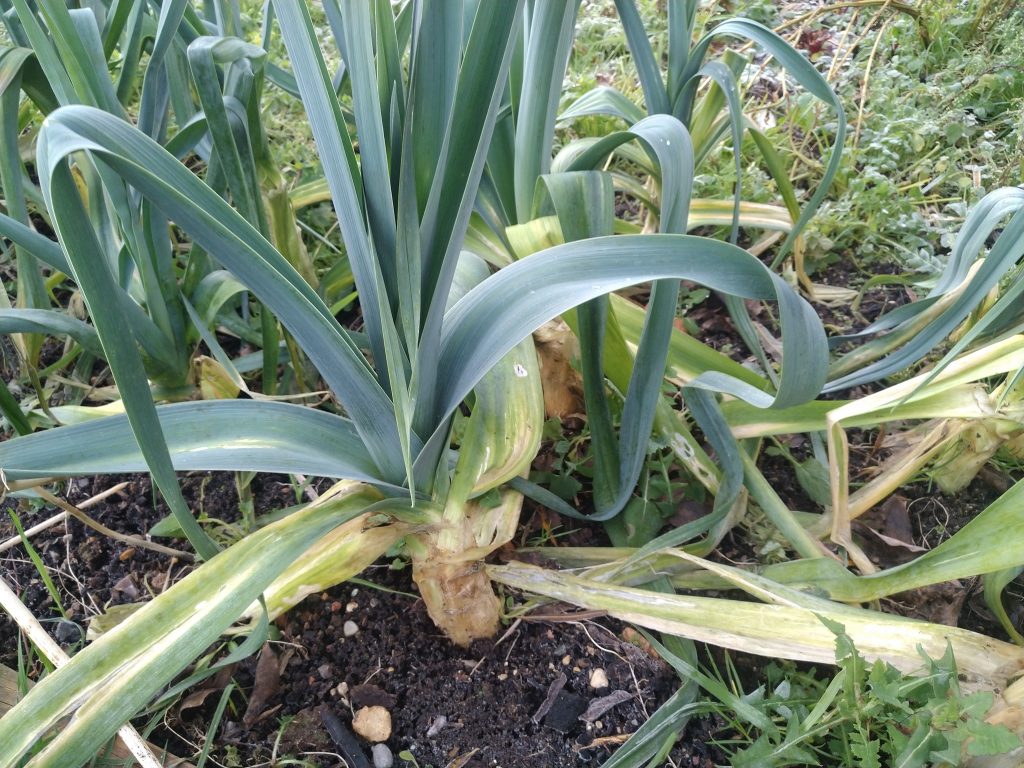
26. Good King Henry
Good kind Henry is a perennial vegetable which was extremely popular in medieval times. It is used primarily as a spinach crop but without the need to sow it every year. Although it will not produce as much as spinach it will need no care and will also grow in the shade. This makes it great for forest gardens and temperate permaculture schemes. It is best started from seed and will take a couple of years to first become established.
27. Rhubarb
Rhubarb is typically mistaken as a fruit due to its use in deserts and crumbles. It is in fact a vegetable and a perennial vegetable at that making it useful for preppers and survival. Originating from Siberia Rhubarb can tolerate extreme cold and will provide a delicious crop quickly in spring. The plant can easily be divided from the roots to double up your stock.
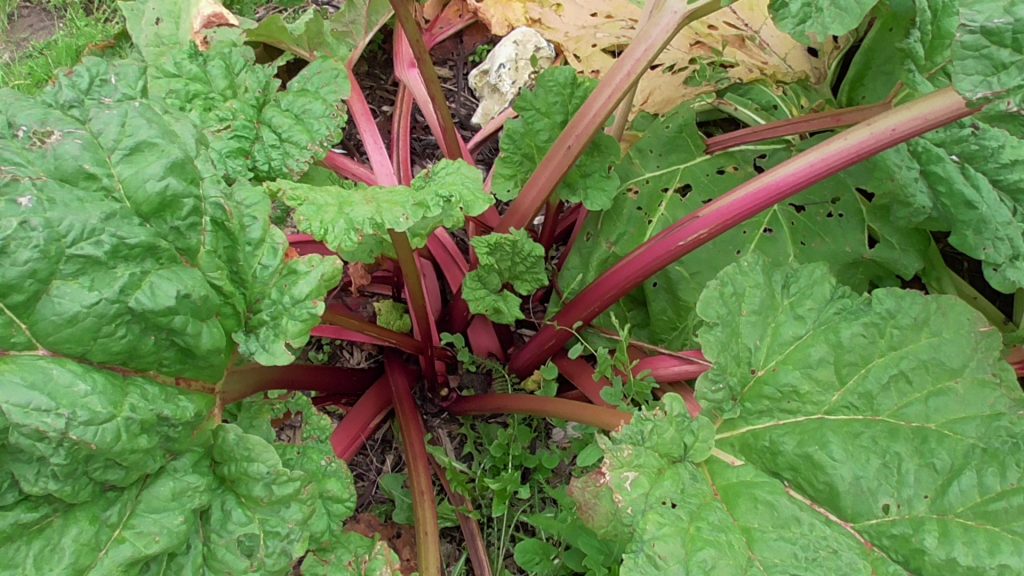
28. Wild alliums
Wild alliums come in a whole range of perennial spring onions, garlics and leeks. You may wish to do some research to find out which varieties are best for your location. Wild alliums are especially tolerant with examples including; Egyptian walking onions, Elephant garlic and Babington’s leek. These all will provide spring greens and a wholesome winter crop. Babington leek in particular is extremely hardy and can even tolerate shade. These onions come up every year and will establish wild colonies.
29. Tomatoes
Tomatoes are one of the most widely used fruits in the world today and for good reason. Tomatoes uses are so varied in the kitchen and utilised for a range of recipes. These fruits are typically used as a base for sauces and gravies in dishes like stews and curries. However they can be used raw in salads, roasted, fried, or boiled. However they can also be made into chutneys, dried and stored in oil. If grown well and in good number these can boiled up and canned for winter use.
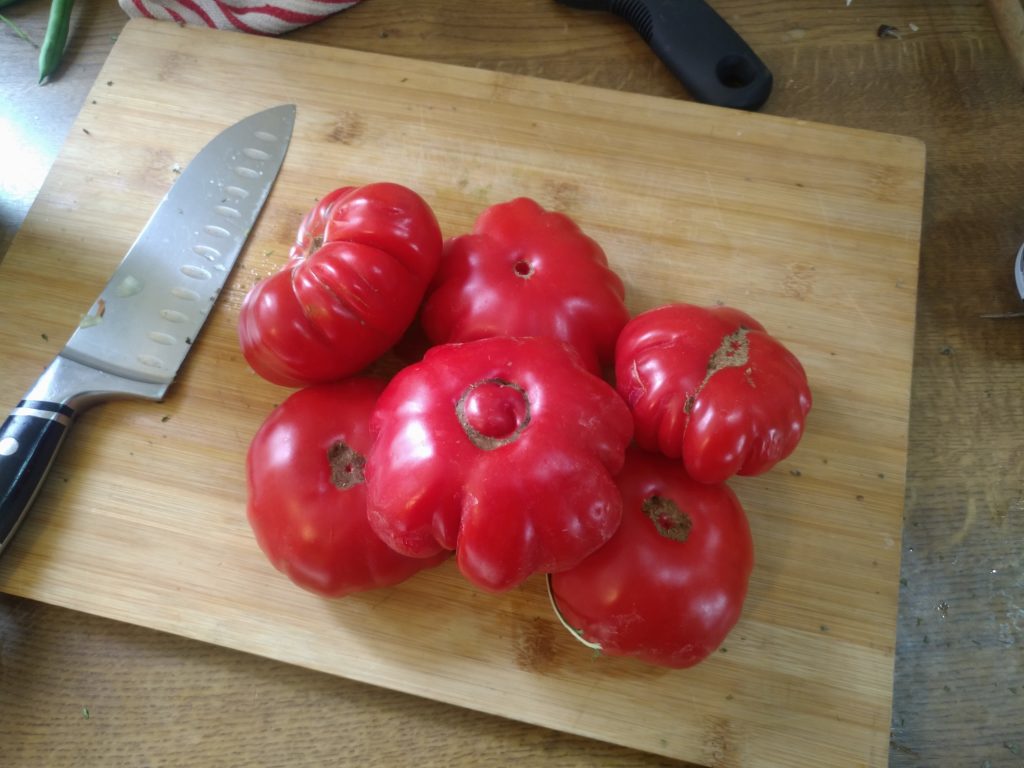
30. Grapes
Grapes are a very well known fruit crop which can be eaten raw or used in wine making. Many do not realise that the leaves are also edible and can be used in a number of dishes. The vines can be easily trained and pruned into any growing form or habit. This makes them efficient at harvesting the suns energy in any position. Fruits can be dried for long storage and other crops can be grown around the base of the vines. Grapes which are made into wine are a fun way to get calories in hard times. They can also be used to make vinegars which are great for storing other food via pickling.
31. Mulberry trees
Mulberry trees are originally from southern Asia so do like warm conditions but are tolerant of temperate climates. Mulberries provide an edible fruit during the summer months. These can be eaten fresh off the tree, dried or made into wine. The great thing about this tree is the leaves are also edible making it perfect for preppers and survival gardeners.
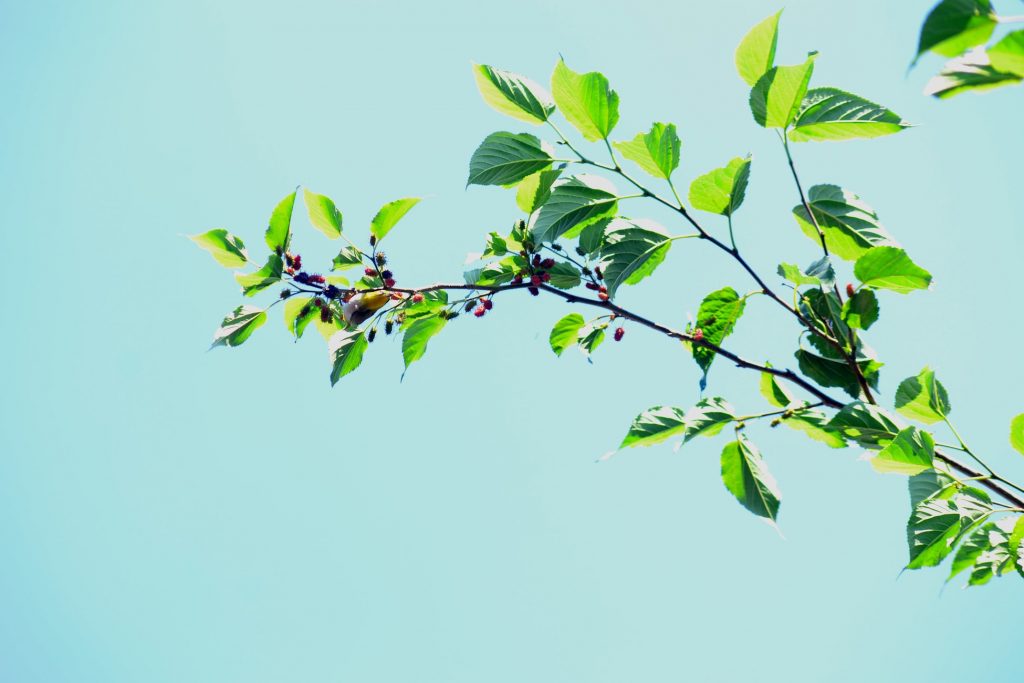
32. Turkish rocket
Turkish rocket is a less well known perennial vegetable but is for all intense and purposes a wild plant. This robust perennial puts down deep roots and can tolerate severe drought. The leaves and young shoots are edible with the young flower buds making a great broccoli substitute.
33. Bamboo
Bamboo is not traditionally thought of as an edible but has been used so in Asia for millennia. It is the bamboo shoots which are harvested when in their early formation. At this time shoots look like spears emerging from the ground. These are only worth growing if you have lots of land and don’t mind them spreading. The large, thick canes have the largest crops and can even be used for building materials. This makes them the perfect crop for a life after modern civilisation.
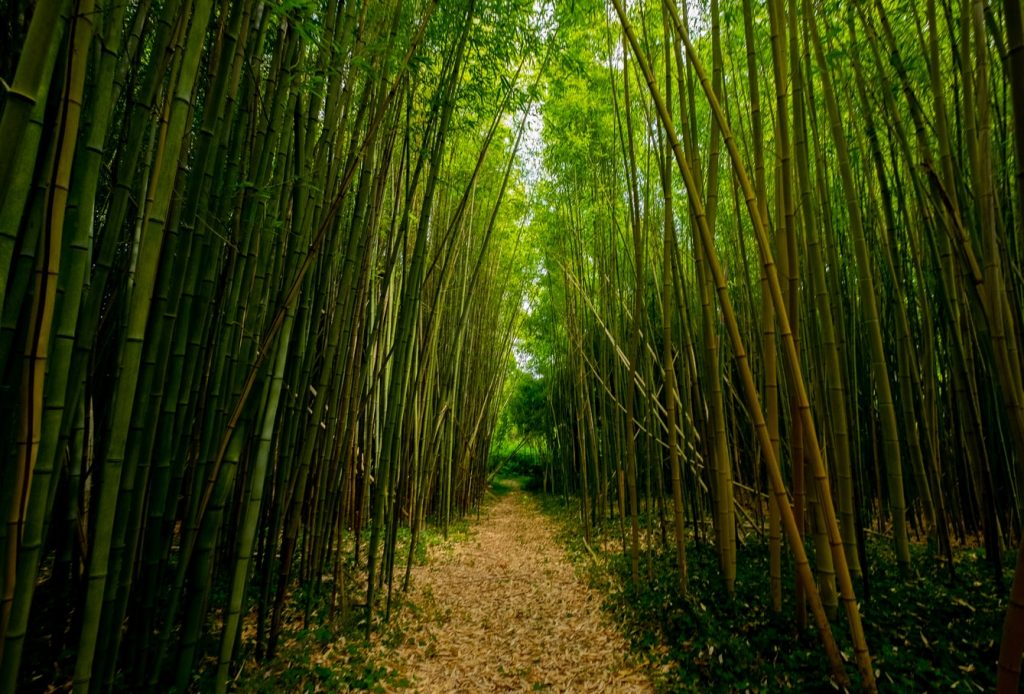
34. Buckwheat
Buckwheat is a type of grain which was very common in ancient agriculture but still eaten today. What is special about this crop is it is one of few grains which fixes nitrogen into the soil. This means they actually make the soil more fertile eliminating the need for fertiliser. Buckwheat also has edible leaves which can be eaten raw or cooked like spinach. In a prepping or survival situation Buckwheat would be the cover crop of choice. Furthermore the grains can be harvested, dried, ground into flour and then stored for years.
Thank you for reading our article on best crops for prepping and survival. Are there any crops you think we left out? If so leave a comment we would love to hear what you think.
Back to home
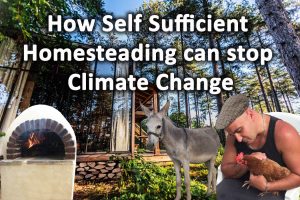
How Self Sufficiency and Homesteading can stop Climate Change
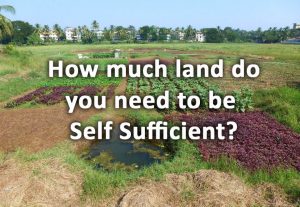
How much land do you need to be self sufficient?
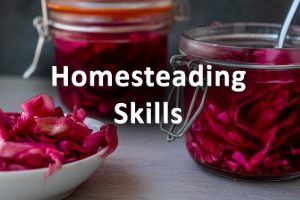
Homesteading skills, for Self Sufficiency
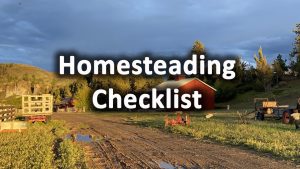
Homesteading Checklist for self sufficiency

A beginner’s guide to self sufficiency & its benefits
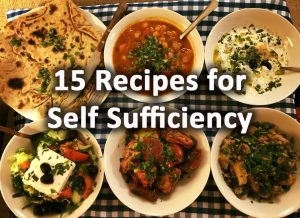
15 recipes for self sufficiency
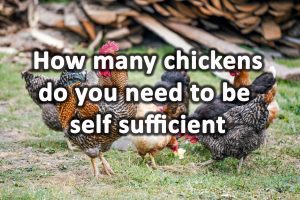
How many chickens do you need to be self sufficient?

27 foods you can forage for free near your home
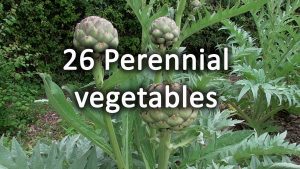
26 Perennial vegetables for the garden

Self sufficient homes

31 Homesteading projects

15 Ways to Store Food without Electricity

The best Climate for self sufficiency
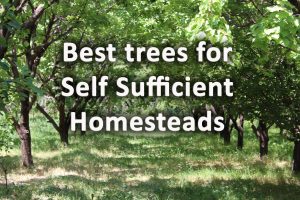
The most useful 22 Trees for a self sufficiency & homesteading
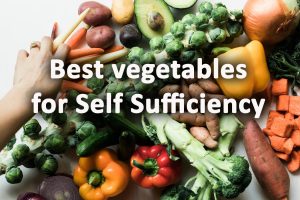
31 Vegetables for self sufficiency

What animals do you need to be self sufficient?

How to stop Climate Change with Crops – Crops for climate change
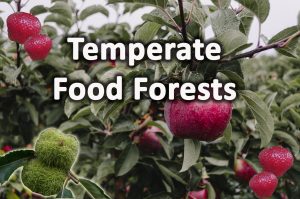
Temperate Food forests

32 Homesteading products for self sufficiency

10 Ways to Sustainably Heat Your Home

10 Ways self sufficient homesteading can be good for your health
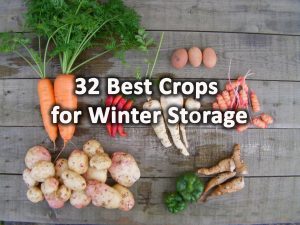
32 Best Crops for Winter Storage
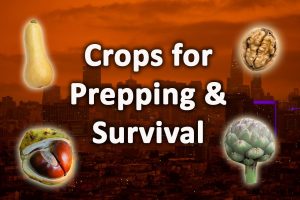
34 crops for prepping and survival
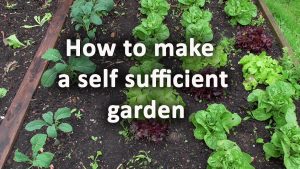
How to make a self sufficient garden
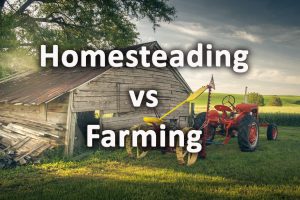
Homesteading verses farming what’s the difference?
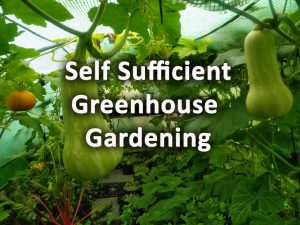
Self sufficient greenhouse gardening
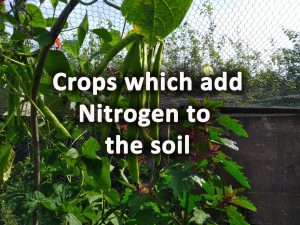
12 Crops which add nitrogen to the soil
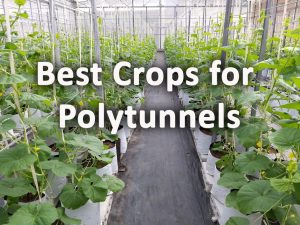
32 of the best crops for Polytunnels

12 Best Crops for Carbon Sequestration
